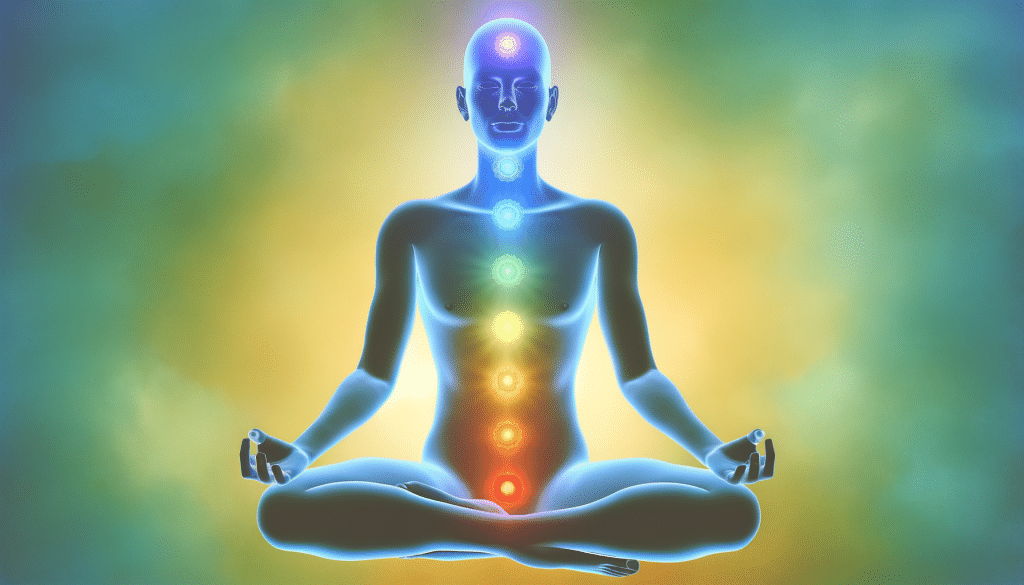Chakras are considered energy centers within the body, rooted in ancient traditions. They are thought to influence both physical sensations and emotional states. Exploring methods that encourage energy flow through these points can contribute to a sense of balance and alignment. While these concepts are often linked with spiritual practices, they also overlap with approaches to overall well-being. Recognizing the basics of chakra energy can provide insight into practices supporting body harmony.
Identifying the Role of Chakras in the Body
Each of the seven primary chakras corresponds to specific regions and functions of the body. Understanding how to open chakras begins with recognizing their roles. The root chakra is associated with grounding and stability, while the sacral chakra relates to emotional expression. Moving upward, the solar plexus chakra is connected to personal confidence, and the heart chakra is linked to feelings of compassion.
The throat chakra influences communication, the third eye chakra relates to perception, and the crown chakra connects to higher awareness. These centers are seen as interconnected, and their states may reflect various aspects of physical or emotional experience. Approaches to maintaining balance often focus on ensuring smooth energy flow across these areas.
Techniques Used to Support Energy Centers
Several practices have been used historically to encourage openness within the energy centers. Meditation focused on breath and visualization may guide attention to specific points along the body. Gentle physical movements, such as certain yoga postures, are also thought to assist in energy alignment.
Sound-based therapies, including chanting or instrumental tones, have been employed to influence energetic states. Aromatherapy with particular scents is sometimes incorporated to enhance the experience. These techniques often emphasize mindfulness and presence rather than guaranteed outcomes.
Integrating Supportive Habits into Daily Life
Small lifestyle choices can complement efforts related to chakra balance. Regular physical activity helps maintain circulation and body awareness. Choosing a varied and nutritious diet supports overall health and vitality.
Rest and sleep patterns are important for regeneration and restoration. Setting aside time for quiet reflection or relaxation can encourage mental calmness. These habits contribute to a holistic view of well-being, which may intersect with energy-based frameworks.
Open Chakras Through Consistent Practice
Opening chakras requires patience and consistent attention to various techniques. Approaching this with an exploratory mindset allows for personal adaptation. Regular engagement is often emphasized through meditation, movement, or sensory practices.
It is essential to incorporate these methods into a comprehensive wellness routine, rather than relying on quick fixes. Sensitivity to one’s own experience can guide gradual adjustments over time. This perspective fosters a balanced approach to energetic health.
Maintaining a Balanced Energetic State
Maintaining openness and balance in the energy centers involves ongoing awareness and self-care. Developing a mindful routine can support sustained attention to these areas. Integrating breathing exercises or gentle movement helps keep energy moving smoothly. Periodic evaluation of one’s physical and emotional state provides valuable feedback for making adjustments.
Many individuals seeking to understand chakra energy benefit from resources that blend traditional insights with modern wellness strategies. Specialized platforms and guides offer structured practices designed to support energy flow gently. Exploring such resources can help individuals find techniques suited to their unique needs and lifestyles.
Exploring how to open chakras allows one to consider the relationship between energy, body, and mind. While these concepts come from spiritual traditions, they offer ways to cultivate attentiveness and presence. Practices related to energy flow often focus on gentle, mindful engagement rather than specific outcomes. Incorporating supportive habits can complement these approaches within a broader context of well-being. This balanced viewpoint encourages ongoing learning and personal connection with the body’s natural rhythms.

